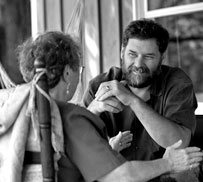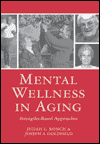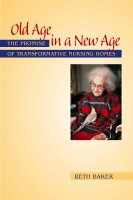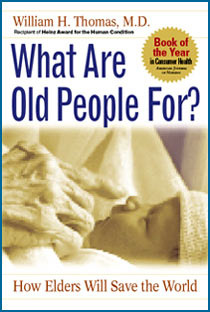![]()
Search
Recent Posts
- ChangingAging.org Redesign -- Please Bookmark!
- Disaster in Buffalo
- Power Up Friday
- Blanchard WinsDays
- Kevin Frick writes...
- Monkhouse Monday
- Getting Closer!
- Blanchard WinsDays
- Power Up Friday
- My Pick for Health and Human Services
- Understanding Health Care Reform
- Facts Are Stubborn Things: Social Security Edition
- Monkhouse Monday
- Localism is Coming
- Krugman Can't Wait...
Recent Comments
Category Archives
- AGING 100
- Aging
- Culture
- Dementia
- Eden Alternative
- Erickson School
- Green House
- Health Policy
- Longevity
- Media
- Rockets
Monthly Archives
- February 2009
- January 2009
- December 2008
- November 2008
- October 2008
- September 2008
- August 2008
- July 2008
- June 2008
- May 2008
- April 2008
- March 2008
- February 2008
- January 2008
- December 2007
- November 2007
- October 2007
- September 2007
- August 2007
 Subscribe to this blog's feed
Subscribe to this blog's feed
Announcements

Blog Data
« Best Hey Jude Ever... | Main | More Slow Medicine »
March 3, 2008 |Permalink |Comments (0)
A Good NORC Story
NORC?
This is housing that is available to tenants of ALL AGES but which, over time, evolves to include a significant proportion of households that are headed by seniors. NORCs may or may not include supportive services and activities for senior tenants. This housing is NOT licensed or regulated by a government agency. Subsidized versions may be supervised by a government housing agency.
Here is the lead...
A movement is gaining momentum to help seniors retain their independence by remaining in their homes as they get older. By Shari Roan Los Angeles Times Staff WriterMarch 3, 2008
THE broken rib could have been a disaster for Claire Soroko. She had been saying goodbye to friends Christmas Day when she stumbled from an outdoor step and banged into an iron handrail, breaking a bone in her chest. Afterward, she couldn't clean, drive or even dress herself.
"I really don't have anyone," says Soroko, a Park La Brea resident in her 70s. "My daughter and son-in-law are very busy. I couldn't ask them to come and stay with me."
Such accidents can often mean the end of living independently. Twenty percent of falls among elderly people require medical attention, and serious injuries, such as hip fractures, often require nursing-home care.
But today's older Americans are increasingly adamant in their desire to avoid nursing homes or assisted living. And they now have a movement to back them up. Called "aging in place," it has a beautifully simple premise: Keep seniors safe, well-cared for -- and in their homes.
In Soroko's case, more than 500 Park La Brea residents 60 and older have formed a novel network to ensure that its members can remain in their homes despite illness or physical decline -- homes that many have known since the complex opened during World War II. Soroko called the agency's office upon returning from the hospital. By the end of the day, the staff had lined up daily caregivers, transportation to doctor's visits and the hair salon, and visits from neighbors who brought meals and encouragement.
As the nation's demographic shifts to the old and older, such community associations are at the forefront of redefining how older Americans live. About 10% of Americans 65 and older live in nursing homes, assisted living or residential care settings. But that number rises dramatically among people who reach their 80s or 90s. Americans are living longer than ever--and their ranks are growing. The number of people 65 and older is expected to double in the next 2 1/2 decades as 78 million baby boomers, the oldest of whom are turning 62 this year, enter their golden years.
Together with businesses and technological advances, these associations could change the portrait of growing old in America.
Where the heart is
THERE is simply no place like home -- living surrounded by favorite photographs and worn furniture, familiar smells and the comforting rhythm of the neighborhood, from the thud of the mail arriving each morning to the whoosh of the school bus passing by each afternoon.
"We have an image in our heads that as soon as you retire you sell your home and move to Florida," says Elinor Ginzler, director of livable communities for AARP. "But according to census data, less than 10% of people 60 and older had moved in a five-year period. We're connected to the house we're living in and the neighborhood we're living in."
In fact, 90% of adults 60 and older say they want to stay in their home or community rather than uproot themselves late in life, a 2006 AARP study found.
In the past, there were few resources to help people remain at home amid the problems and frailties of old age. But changing demographics, economics and attitudes are making "aging-in-place" ever more possible.
"The baby boomers are a generation of problem-solvers," says Peter Bell, president of the National Aging in Place Council in Washington, D.C. "We use education, technology and resources to change things -- not just accept them as they are. I think we also recognize we can do things better collectively rather than individually."
Here is the rest...














